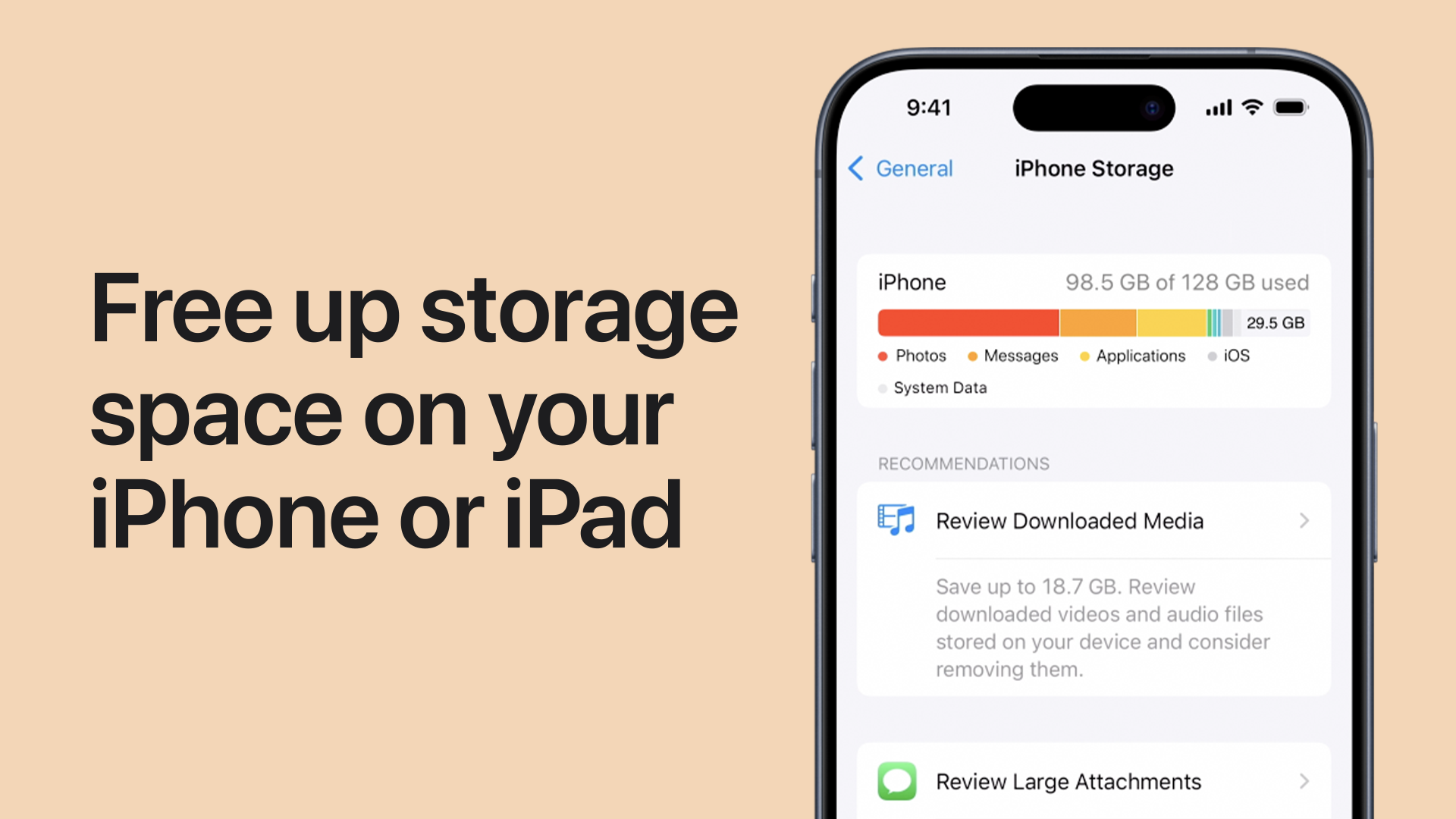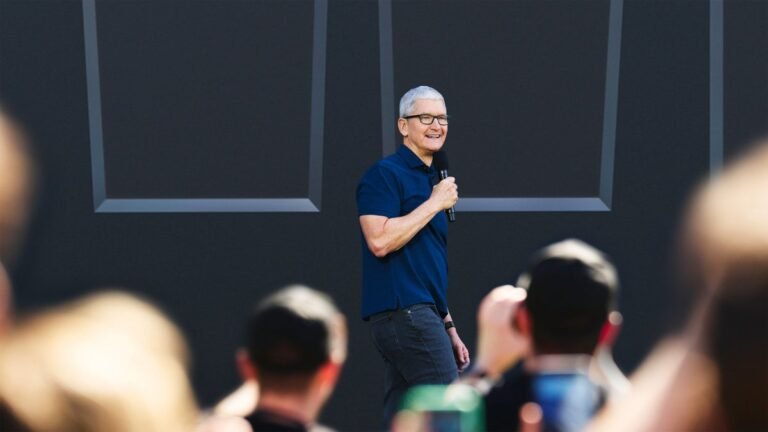But before we start handing out awards, let’s look at what happens when you want more. Because while Apple made advances in base storage, it is still playing the same old game when it comes to upgrades.
Moving from 256GB to 512GB on the iPhone 17 Pro costs a full $200. Not for a better camera or faster chip, just more storage. The kind of memory that costs manufacturers about $20 to $30 in bulk.
Meanwhile, Samsung and Google ask around $120 for the same jump. OnePlus does it for $100 and even adds more RAM at that. Xiaomi’s 15 Ultra doesn’t upsell at all, starting at 512GB.
The business strategy


Over the years, Apple has turned storage upgrades into a business strategy. The base model always gives you just enough to start feeling comfortable (well, except for those 64GB iPhones back in the day), but not quite enough to stay that way.256GB sounds like plenty. But then you start shooting 4K videos, saving 48MP photos, or downloading some games. Suddenly, your “plenty” turns into “barely enough,” and Apple has the perfect $200 solution waiting.
And the competition
We already touched upon other brands, but let’s recap:
In 2025, 512GB is no longer an exotic storage tier, yet Apple still treats it like a luxury option, not a very logical upgrade.
The iCloud Double Whammy
The double whammy and arguably the even bigger money drain happens if you subscribe to iCloud+. It’s downright criminal that the free storage allotment in iCloud remains just 5GB. Yes, let me spell that – five gigabytes. Apple obviously deliberately keeps iCloud’s free tier that low to force a decision: either pay for more local storage upfront, or get hooked on a monthly iCloud plan.Google is not much better, but at least it offers a 15GB free tier for its cloud offering.
The worst part of the subscription model for both companies is that it’s very hard to leave it once you are in. Few people would be willing to download all their photos and back them up to a physical drive, plus it’s a bit of a challenge to do it for those who are not technically inclined. Apple doesn’t just sell you storage, it sells you dependence.
Loyalty and the meaning of Pro
Apple’s pricing model survives because of loyalty. Once you are deep into iMessage, AirDrop, and the Apple Watch, switching ecosystems feels like leaving behind a part of your digital life.
Apple knows this. And it uses that comfort to justify pricing that few competitors could ever get away with. When a storage upgrade costs as much as an entire midrange Android phone, it stops being a premium option and starts looking like a tax on devotion.
If “Pro” really stands for professional, then a $1,200 smartphone should not make you worry about running out of space. True professionals like filmmakers, photographers and journalists need consistent storage access without worrying about space.
I don’t think that Apple should just be giving away storage upgrade, nor do I think that it should make the 512GB the new default. However, lowering the price of those storage upgrades would make the company seem just a bit less greedy and evil.
Bottom Line
At the end of the day, it’s clear that Apple still makes some of the best smartphones in the world. The iPhone 17 is powerful, refined, and now starts with more storage than ever. But its upgrade pricing remains one of the most blatant profit strategies in consumer tech.
This is Apple at its finest and most frustrating: brilliant engineering paired with a business model that knows exactly how far its fans are willing to go.


